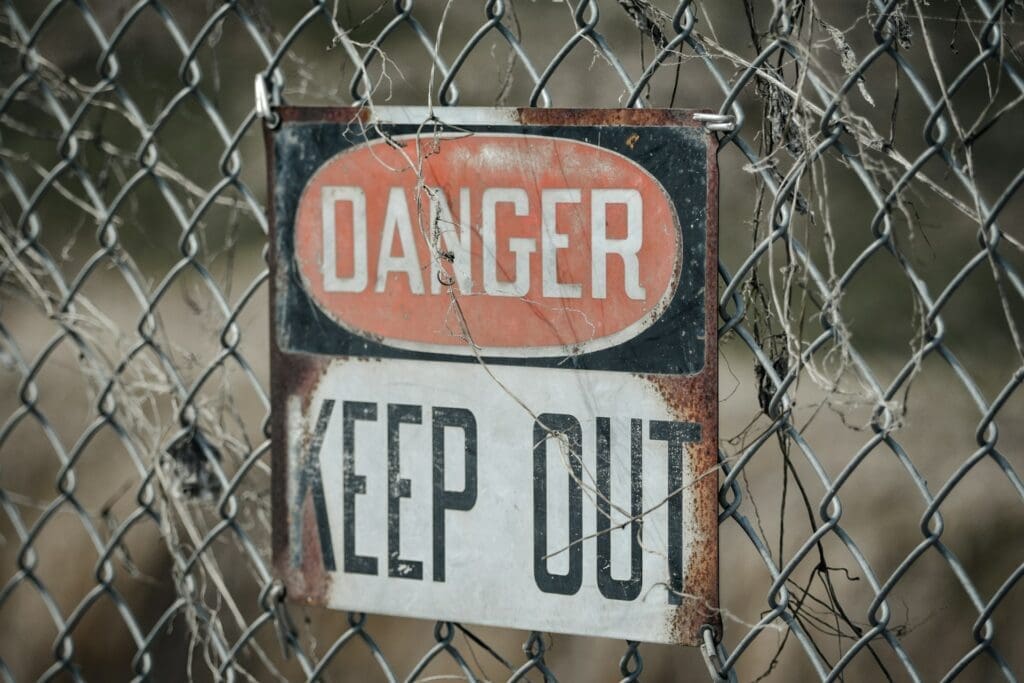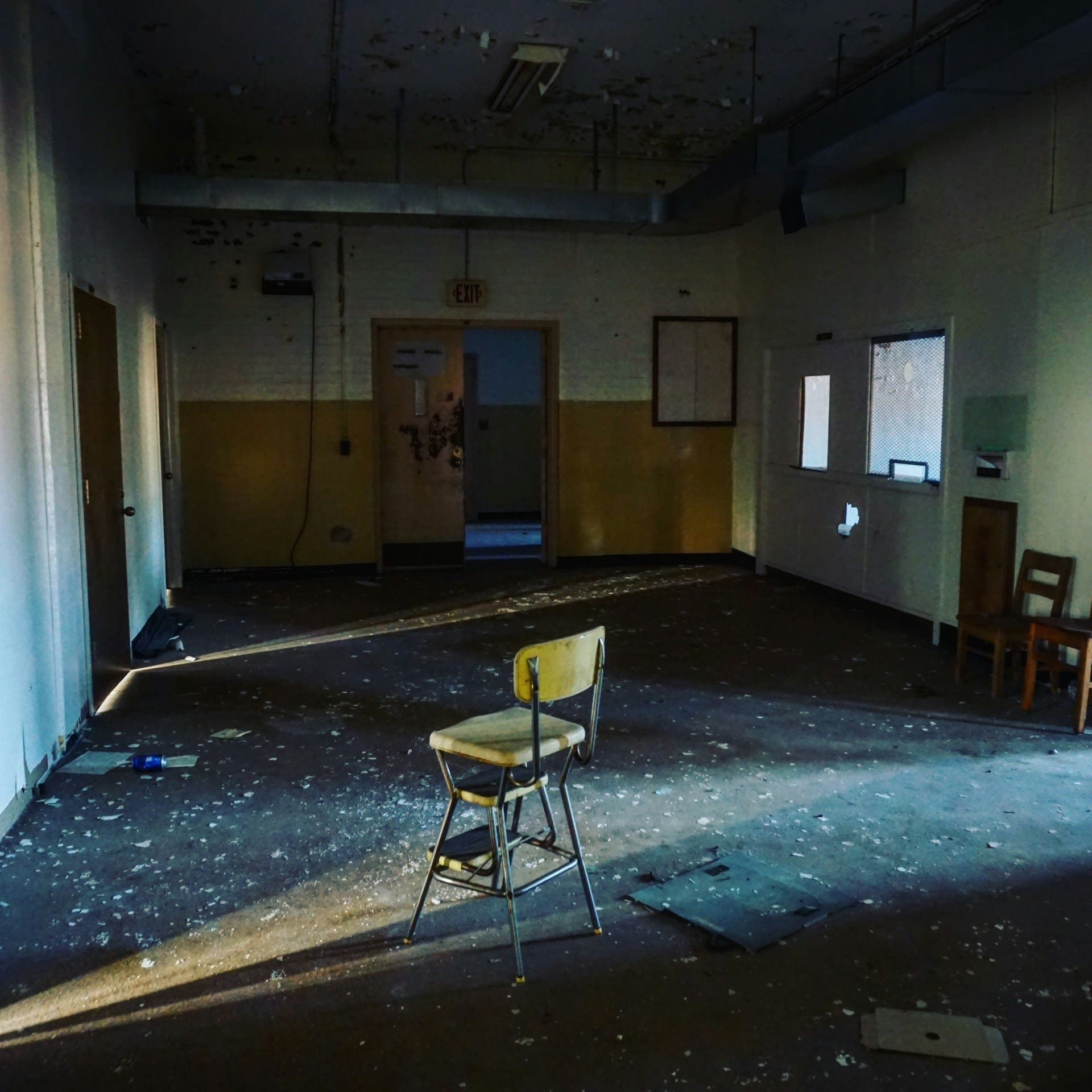Asbestos insulation was a commonly used material in residential and commercial buildings throughout the 20th century. Despite its usage being largely discontinued due to health risks, a significant number of older structures still contain asbestos insulation. It is essential to be aware of the health risks associated with asbestos exposure, the most notable of which is mesothelioma, a type of cancer that affects the lining of the lungs, heart, or abdomen.
What is Asbestos?
Asbestos refers to a group of naturally occurring minerals that were widely utilised for their heat resistance, strength, and insulation properties. It found extensive use in a range of building materials, including insulation, until the detrimental health effects associated with its usage became apparent towards the end of the 20th century.
How Asbestos Causes Mesothelioma
The danger of asbestos lies in its tiny fibers, which can be easily inhaled or ingested. Once these fibers find their way into the body, they can become embedded in the linings of various organs, including the lungs, heart, or abdomen. Over time, the persistent presence of these fibers can result in inflammation and scarring, subsequently causing the cells in the affected area to become cancerous and develop into mesothelioma.
The Risk of Asbestos Insulation
Asbestos, in its undisturbed state, is not typically dangerous. However, when materials containing asbestos are damaged or disturbed, for instance, during renovation or demolition activities, the fibers can be released into the air. Once airborne, these fibers pose a significant health risk.
Who is at Risk?
A majority of mesothelioma cases can be traced back to asbestos exposure. Individuals who have lived or worked in buildings where asbestos insulation was exposed, particularly those involved in construction, renovation, or asbestos removal, are at a heightened risk.
Symptoms of Mesothelioma
The symptoms of mesothelioma often do not manifest until 20-50 years post exposure to asbestos. These symptoms can vary based on the type of mesothelioma but commonly include shortness of breath, chest pain, fatigue, and unexplained weight loss.
Prevention and Removal
If you suspect that your home or building contains asbestos insulation, it is highly advised not to attempt removal on your own. Professional asbestos removal companies have the necessary expertise, training, and equipment to safely remove and dispose of asbestos.
Conclusion
Understanding the connection between asbestos insulation and mesothelioma is of paramount importance for individuals living in or working with older structures. If there is a suspicion of the presence of asbestos, it is strongly recommended to seek professional assistance and take necessary steps to minimize exposure.




